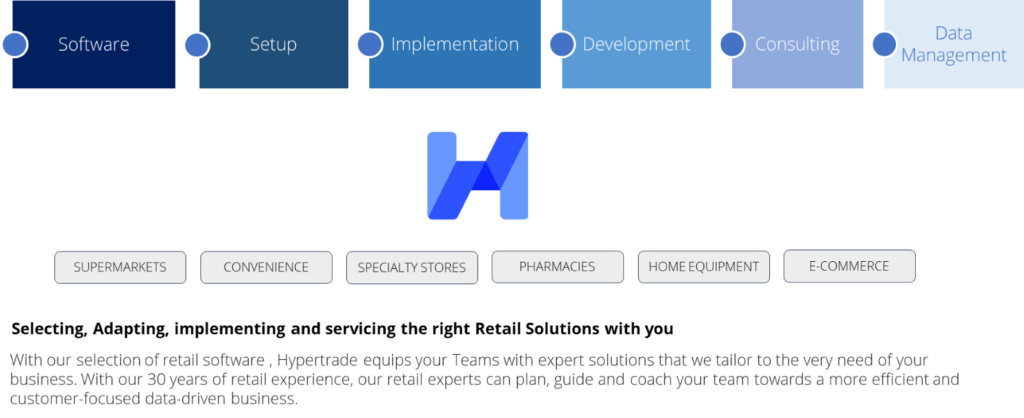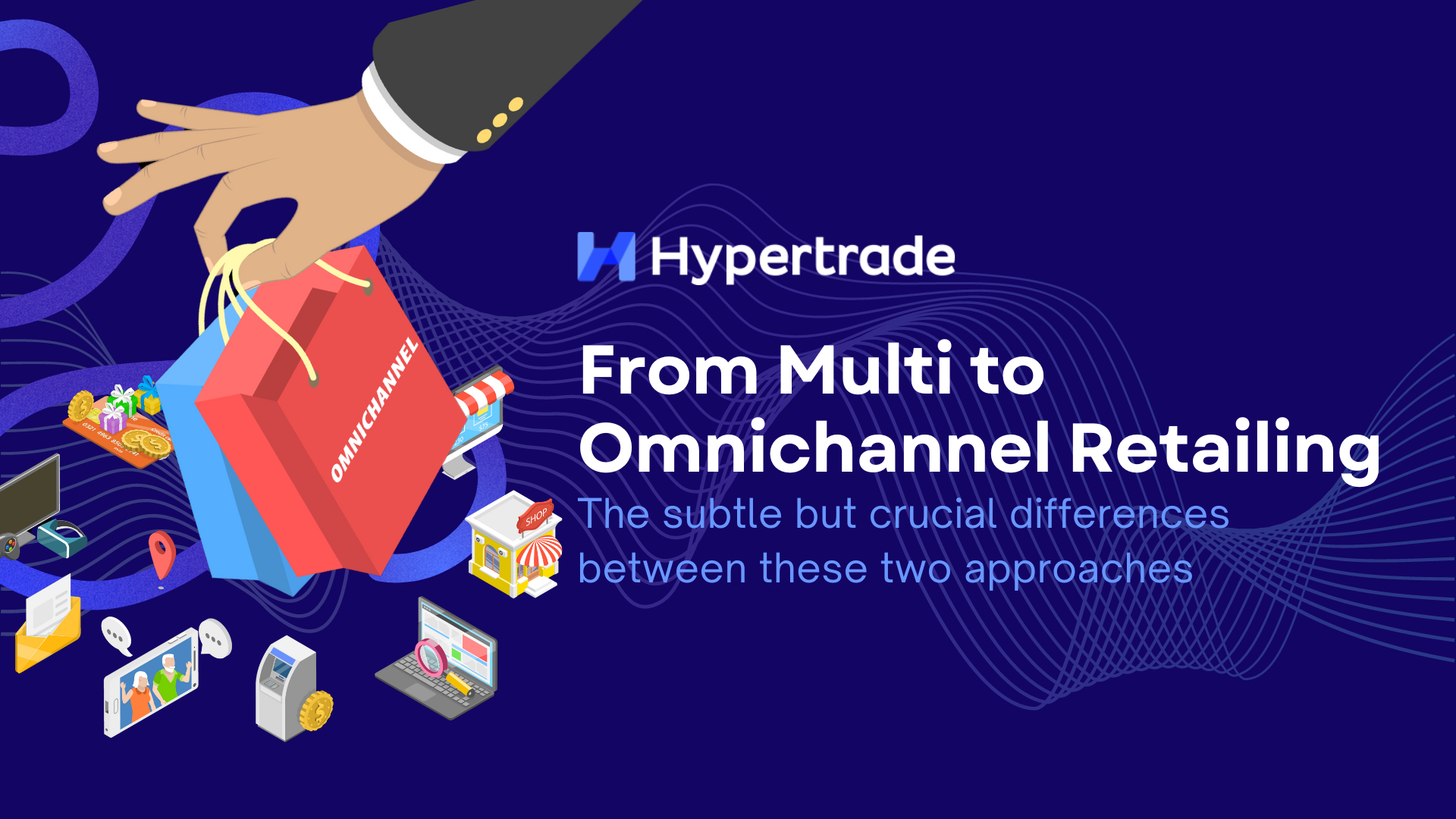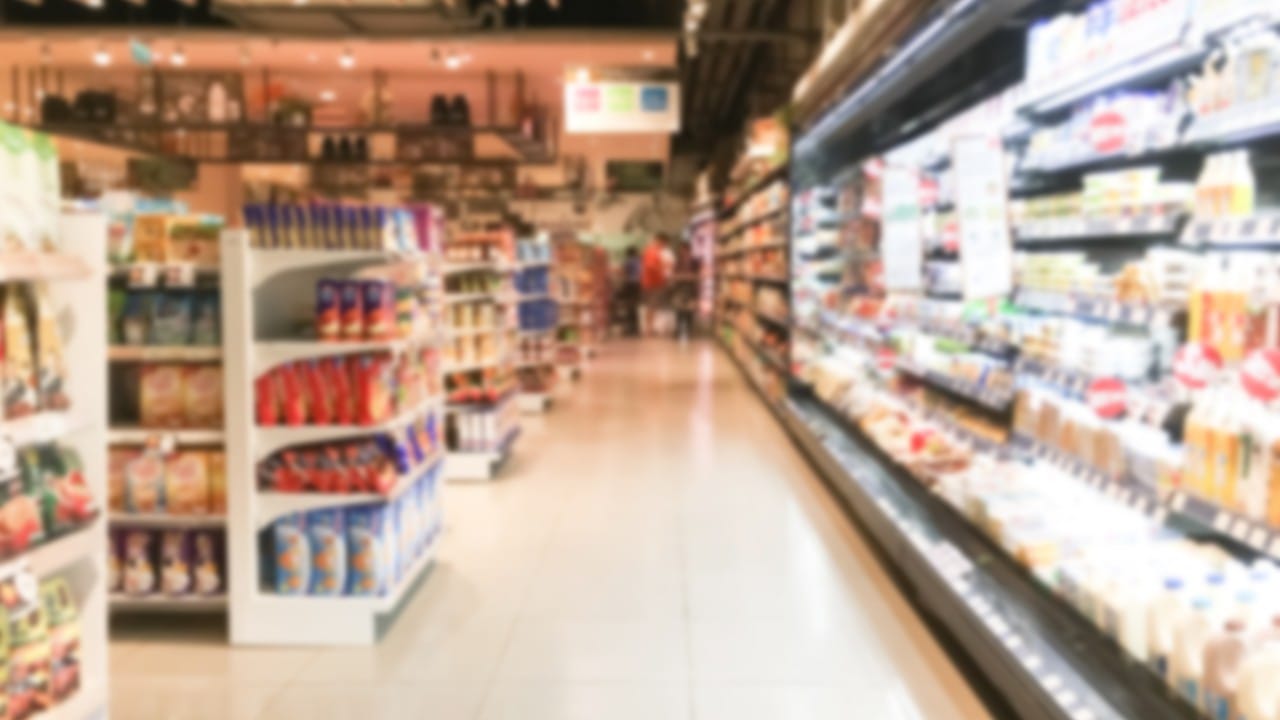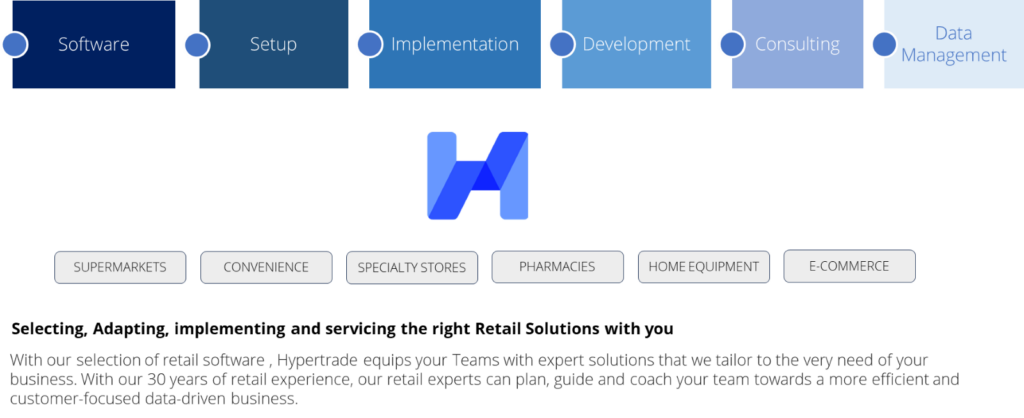In today’s dynamic retail landscape, both omnichannel and multichannel strategies are frequently used to reach customers. However, despite their growing popularity, confusion often surrounds the subtle but crucial differences between these two approaches. This article aims to demystify these concepts, exploring their core principles and their impact on key aspects of retail operations – assortment, promotion, supplier relationships, and vendor management.
Multichannel vs. Omnichannel: A World of Difference
At their core, both multichannel and omnichannel strategies involve engaging with customers across multiple channels. However, the key distinction lies in the level of integration between these channels.
- Multichannel Retailing: Here, retailers utilize various channels – physical stores, online platforms, social media – to reach customers. However, these channels operate somewhat independently. Promotions might differ between online and offline stores, and customer data may not be entirely integrated across platforms. While offering customers more options to interact, the overall experience can be disjointed.
- Omnichannel Retailing: This approach takes a more holistic view, aiming to provide a seamless and unified customer experience across all channels. Data flows freely between platforms, allowing for a consistent brand message and personalized interactions. Customers can seamlessly switch between channels, with their purchase history and preferences readily accessible.
Consequences for Retail Operations
The choice between a multichannel and an omnichannel approach has significant consequences for various aspects of retail operations. Let’s delve deeper into four key areas:
1. Assortment:
- Multichannel: Inventory management becomes more complex. Retailers might need to maintain separate inventories for online and offline stores, potentially leading to stockouts or overstocking in specific channels.
- Omnichannel: Inventory management becomes centralized. A single pool of inventory allows for real-time stock visibility across channels, optimizing stock levels and minimizing stockouts. Customers can easily check online if an item is available in-store and vice versa. This can also enable retailers to offer a wider overall assortment by strategically allocating inventory based on demand in each channel.
Example: A sporting goods retailer with a multichannel approach may have different baseball bat selections online and in-store. An omnichannel retailer, however, can offer the complete assortment online, with the option for in-store pickup or even fulfillment from the closest store if online stock is unavailable.
2. Promotion:
- Multichannel: Promotions may vary between channels due to the lack of integrated data. This can create confusion for customers and limit the effectiveness of marketing campaigns.
- Omnichannel: Promotions become more targeted and consistent across channels. Customer data is used to personalize offers and ensure a consistent brand message. Omnichannel promotions can also leverage the unique strengths of each channel, such as offering in-store coupons for online purchases or vice versa.
Example: A clothing retailer with a multichannel strategy might run a sale on dresses online, while offering a discount on jeans in-store. An omnichannel approach allows for a coordinated sale across all channels, perhaps with a discount on the entire clothing line and additional incentives for buying online and picking up in-store.
3. Supplier Relationships:
- Multichannel: Relationships with suppliers may be siloed depending on which channels they supply. Retailers might need to negotiate separate terms and pricing with suppliers for online and offline channels.
- Omnichannel: Supplier relationships become more collaborative. Retailers can leverage their omnichannel data to gain insights into customer demand and buying patterns, which they can then share with suppliers for better production planning and forecasting. This fosters stronger, more data-driven partnerships.
Example: A furniture retailer with a multichannel approach might have separate agreements with suppliers for online and in-store furniture. An omnichannel retailer can share combined sales data with furniture suppliers, allowing them to optimize production based on overall demand and avoid situations where one channel is overstocked while the other faces shortages.
4. Vendor Management:
- Multichannel: Managing vendors selling through different channels can be cumbersome. Retailers may struggle to maintain consistent product information, pricing, and promotions across various vendor platforms.
- Omnichannel: Vendor management becomes more streamlined. Standardized processes and data integration across channels simplify vendor onboarding, product listing, and promotion management. This approach also allows for better performance tracking and improved collaboration with vendors.
Example: An electronics retailer with a multichannel strategy might have separate logins and processes for managing vendors selling online and in-store. An omnichannel retailer can develop a single vendor portal with access to product information, inventory levels, and sales data across all channels. This improves efficiency and allows vendors to contribute to a more consistent customer experience.
Marketplaces: Just a Starting point
A retailer that uses marketplaces like Lazada or Robinhood falls into the multichannel category, not omnichannel. Here’s why:
- Marketplaces operate independently: While a retailer gains access to a wider customer base through marketplaces, these platforms function as separate channels. Inventory management, promotions, and customer data typically remain siloed within the marketplace ecosystem.
- Limited Integration: There’s minimal (if any) integration between the retailer’s own website or physical stores and the marketplace platform. A customer’s purchase journey on a marketplace might not seamlessly connect with the retailer’s loyalty program or other offerings on their own channels.
However, a retailer using marketplaces can take steps to bridge the gap and move towards a more omnichannel approach:
- Data Sharing: Negotiating data sharing agreements with marketplaces can provide valuable customer insights that can be used for targeted promotions and personalized marketing across all channels.
- Consistent Branding: Maintaining consistent brand messaging and visuals across the marketplace platform and the retailer’s own channels creates a more unified customer experience.
- Omnichannel Fulfillment: Offering omnichannel fulfillment options like buy-online-pickup-in-store (BOPIS) or ship-from-store can leverage the physical stores as fulfillment centers, enhancing convenience for customers regardless of where they initiate the purchase.
By implementing these strategies, a retailer using marketplaces can move closer to an omnichannel approach, even though the core functionality of the marketplace remains independent.
How rocky is the road to omnichannel retailing?
Let’s be clear: there’s no minimum size threshold to justify becoming an omnichannel retailer. Even smaller retailers can benefit from implementing basic omnichannel practices like offering a user-friendly mobile app or click-and-collect options.
However, the return on investment (ROI) from omnichannel strategies often increases with scale. Here’s why:
- Cost Efficiency: Omnichannel retailers can leverage centralized inventory management, data-driven promotions, and streamlined fulfillment to optimize operations and reduce costs.
- Customer Acquisition and Retention: A seamless omnichannel experience fosters customer loyalty and satisfaction, leading to increased customer lifetime value.
- Competitive Advantage: In today’s competitive retail landscape, omnichannel capabilities are becoming an expectation, not a luxury. Retailers that embrace omnichannel strategies are better positioned to attract and retain customers.
So, while the road to omnichannel can be long, the potential benefits are significant, making it a worthwhile pursuit for retailers of all sizes. The key is to start with a clear strategy, prioritize achievable goals, and adapt the approach based on the specific needs and resources of the business.
About Hypertrade
With 30 years of retail expertise, Hypertrade supports retail players in implementing multi-channel and omnichannel retail solutions & methodologies across the entire value chain, with data science and collaboration.

| Retail Practice | CPG Practice | Digital Commerce Practice |
| Philippe Roque Katie Trinh Peerapol Prakaisak | Mathew Cheung Annika Davidas Chorthip Patanawongyuneyong Shwe Yee In | Lucas Pradella |







